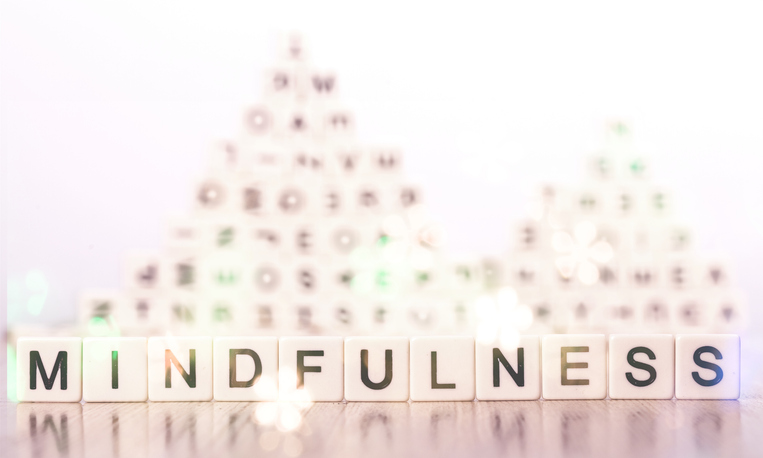Editor’s note: Patricia Sauerbrey Colton is partner at market research firm rheingold, San Francisco.
Social distancing has brought us to our psychological limits, amplifying our strengths and our weaknesses. Whether your everyday stresses were eased by the lockdown, or you struggled to juggle working from home and child care, we were all forced out of our routines. And we are now developing new strategies to cope with our new normal.
These mind-sets are rough diamonds for market research as researchers now have access to sensitized consumers. Real life is creating situations we often try to simulate: playing with scenarios, questioning one's own point of view, allowing and dealing with inner conflicts in experiencing things. Even months after the initial lockdown, this mind-set is forcefully alive among respondents. Mindful moderation can help unlock insights that were previously kept under covers.
The mental disruption is omnipresent, in studies in Europe, Asia and here in the United States.
In the U.S., the COVID-19 pandemic is raging in a divided country that is struggling with fundamental systemic problems. The Black Lives Matter movement, for example, releases suppressed rage across generations, which became even more suffocating under COVID-19 restrictions. Discrimination on the basis of origin, race and socioeconomic status is a sad reality and is further exacerbated when COVID restricts the physical and psychological impact radius of freedom-loving people.
One of my interview partners put it in a nutshell:
"I don't know what to fight first (...) And all of this while worrying about my job, home-schooling a 6-year-old and figuring out how I can keep my dad out of a nursery home. It's just too much. I am mourning the life I can't have right now."
Consumers and market researchers were forced to take a crash course in mindfulness.
Qualitative research
While qualitative research previously tapped into routine usage patterns, we now observe how the COVID-19 weight gain, shipping boxes and new home oases attest to which brands and products are able to lift us up with comfort, new strength or company. This manifests as parents keeping the candy supply strong to calm isolated children's souls, individuals binge-watching to survive quarantine and people releasing anger during an online fitness class.
Although the heightened sensitive mind-set is grounded in the COVID-19 pandemic, we don’t see a back-to-normal in the near future. We cannot simply shake off our own vulnerability – it will at minimum accompany us unconsciously.
This more mindful state requires mindful moderation and interviewing. As market researchers, we are asked to create a research setting that not only offers these particularly vulnerable, reflective and open minds room for expression, but also helps transfer this mind-set to the objectives of our projects. The following points can provide inspiration to escape from one's own pre-COVID-19 mind-set.
1. Patience. Development needs time. The inner restlessness needs space in order to not relieve itself on our research topics. Answers need the opportunity to mature, to be questioned and rethought. While the first answer may still be grounded in old patterns, the second or third can get colored by the COVID-19 pandemic: What has changed or broken away? What was set that can now be redefined? What are the surprises? It takes courage to pause, reflect and feel into oneself.
 2. Build bridges. The market research setting may evoke old patterns, like a meeting, a conversation an interview. We are now challenged to proactively keep the COVID-mindfulness alive: What have we learned about ourselves during this time that might guide, sharpen or even change the evaluation of our object of study? How are possible COVID threats, worries and changes reflected?
2. Build bridges. The market research setting may evoke old patterns, like a meeting, a conversation an interview. We are now challenged to proactively keep the COVID-mindfulness alive: What have we learned about ourselves during this time that might guide, sharpen or even change the evaluation of our object of study? How are possible COVID threats, worries and changes reflected?
In one of our projects, a respondent could more easily forgive herself for frequent consumption of candy during lockdown. She became aware that she was now, as she often was, comforted in this way, but at the same time she found herself less conflicted about her guilt. The more difficult COVID conditions legitimized her increased consumption of candy as a consolation.
3. Raise consciousness. Have respondents tell and describe spontaneous feelings, appreciate the momentary state and observe it closely. Encourage them to let thoughts and feelings pass by while sharing them. Pause and let respondents draw connections with the object of study.
4. Nourish contradictions. Help understand COVID experiences as a liberation from old structures and allow and explore inconsistencies, disruption and contradiction.
One respondent shared that he adjusts his mask-wearing protocol to the different circles of friends he hangs out with and surprised himself by not having a consistent rule. He transferred this thought to his recent purchase of a tablet computer. While he admitted that his approach to face masks was not really scientific, he saw similarities to his purchase. Both were gut decisions – his confidence in his purchase was not only driven by the tech specs of the tablet, but strongly influenced by emotional factors like brand connection and peer pressure.
5. Create purpose and connect the dots. What is the meaning, the emotional and rational function, of the object of study? How is it aligned with the personal moral compass and purpose? How does it fit into the personal life?
The COVID-19 pandemic made us aware how each of us acts as a piece in a big puzzle. In our studies, we observe stronger sustainability concerns. The previously more hidden flip sites of products are now becoming more important, e.g., production conditions; treating employees fairly and respectfully; or considering a product from manufacturing to recycling. These dark sides are now more easily illuminated with respondents who consider themselves to be a meaningful part of the whole.
6. Look ahead. COVID-related wishes, goals, fears and worries can be connected to the object of study to develop scenarios. The sometimes tiresome question about a brand in five years suddenly becomes essential for people who ask themselves exactly this question for their lives.
Before COVID, we often used exaggeration, even provocation, as a moderation tool to uncover deeper insights. We questioned statements, sometimes intensified them or confronted respondents with contrary perspectives. COVID-19 will likely keep provoking us deeply and shaking up our previous beliefs.
